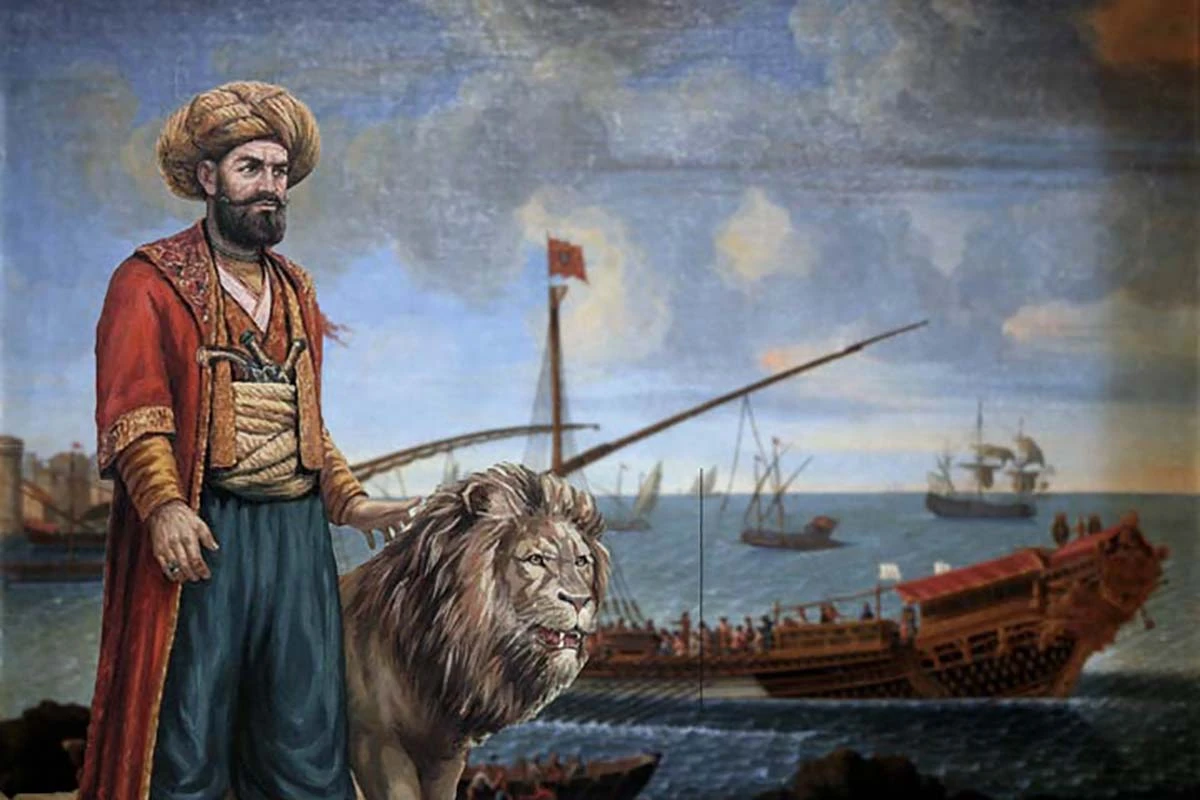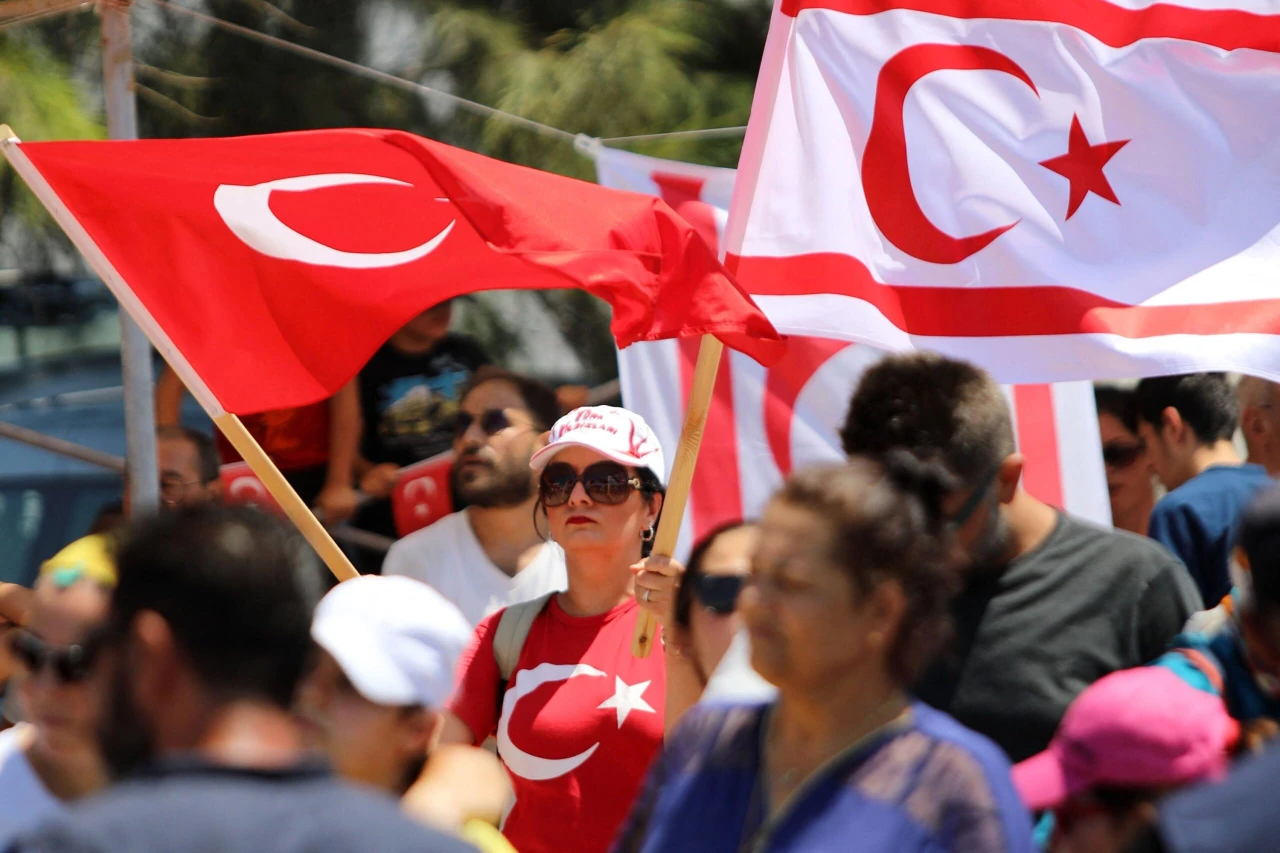‘Mosaic House’ unveiled in Türkiye’s Pergamon: A glimpse into ancient life
 A complex called the "Mosaic House" from the Roman period is being uncovered at the ancient city of Pergamon, Izmir, Türkiye. (AA Photo).
A complex called the "Mosaic House" from the Roman period is being uncovered at the ancient city of Pergamon, Izmir, Türkiye. (AA Photo).
Excavations at the UNESCO World Heritage site of Pergamon, located in Izmir, Türkiye, have uncovered the remains of a large “Mosaic House” complex, along with ancient tombs, kitchenware, weaponry, and jewelry.
The site, part of the Bergama Multi-Layered Cultural Landscape, showcases the rich history of Anatolia spanning prehistoric, Hellenistic, Roman, Byzantine, Beyliks, and Ottoman periods.
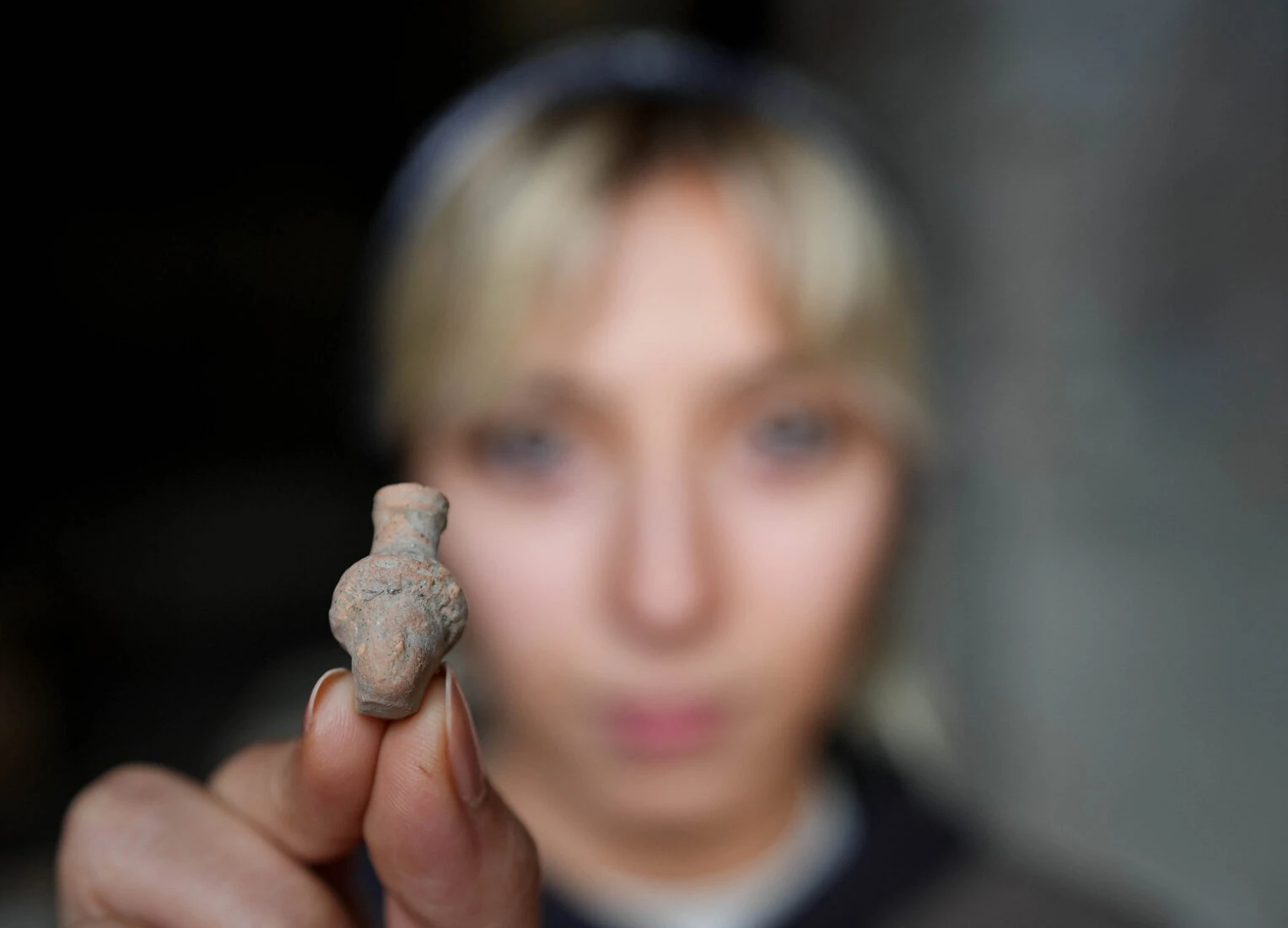
Professor Yusuf Sezgin, the lead of excavations and head of the Department of Archaeology at Manisa Celal Bayar University, revealed that excavation work began in September 2024 as part of the “Legacy for the Future Project” initiated by the Turkish Ministry of Culture and Tourism.
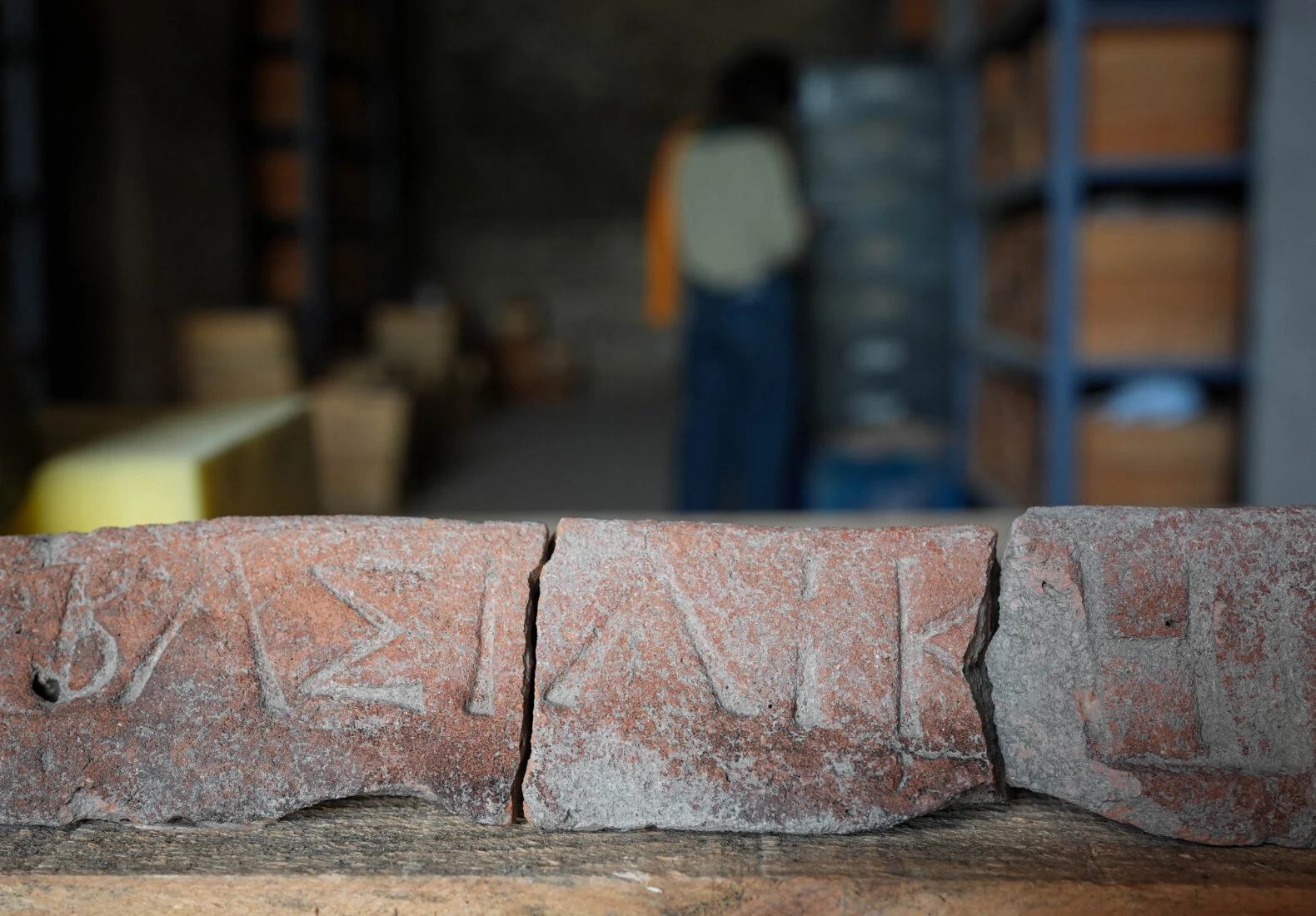
Royal connection
During the excavation of the Mosaic House, a remarkable discovery was made: a roof tile with the inscription “Basilike,” meaning “royal” in ancient Greek.
This finding suggests that the building was likely used by royalty during the Hellenistic period.
Professor Sezgin explained, “The inscription on the tile indicates that the structure was likely part of the royal family’s private residences, as such seals were commonly used in royal buildings at Pergamon.”
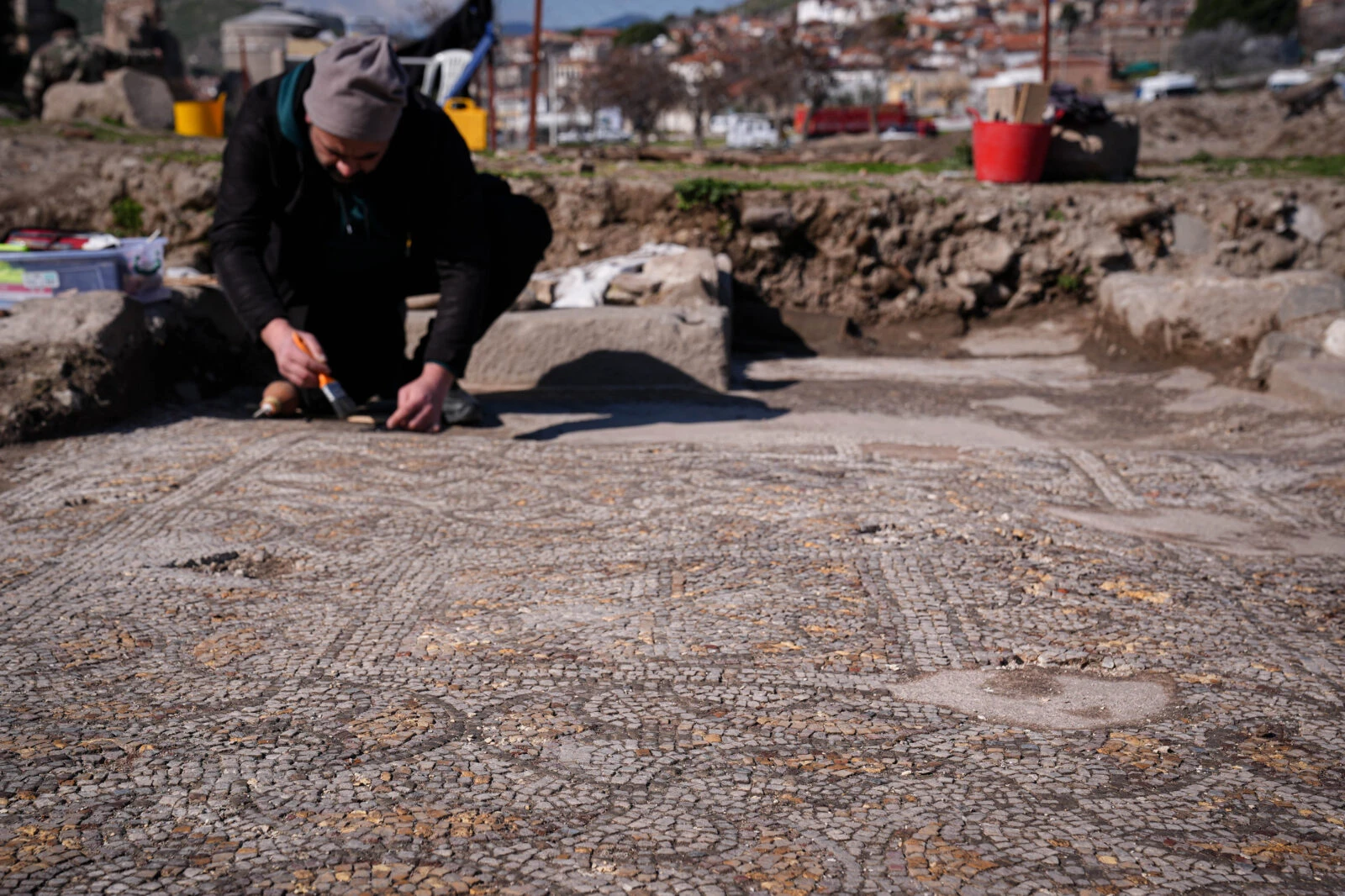
Key features of Mosaic House
The Mosaic House is a “peristyle house,” characterized by a central stone courtyard and a pool, indicative of a grand residential complex. The mosaic floors, dating back to the second and third centuries A.D., are the standout feature of the house. These intricate mosaics, with geometric and botanical motifs, signal the importance of the building and its usage during the Roman period.
The complex was likely also used during the Christian period, as evidenced by the nearby Red Court, which was converted into a church. Evidence suggests that the house was abandoned after a major fire during the seventh-century Arab invasions.
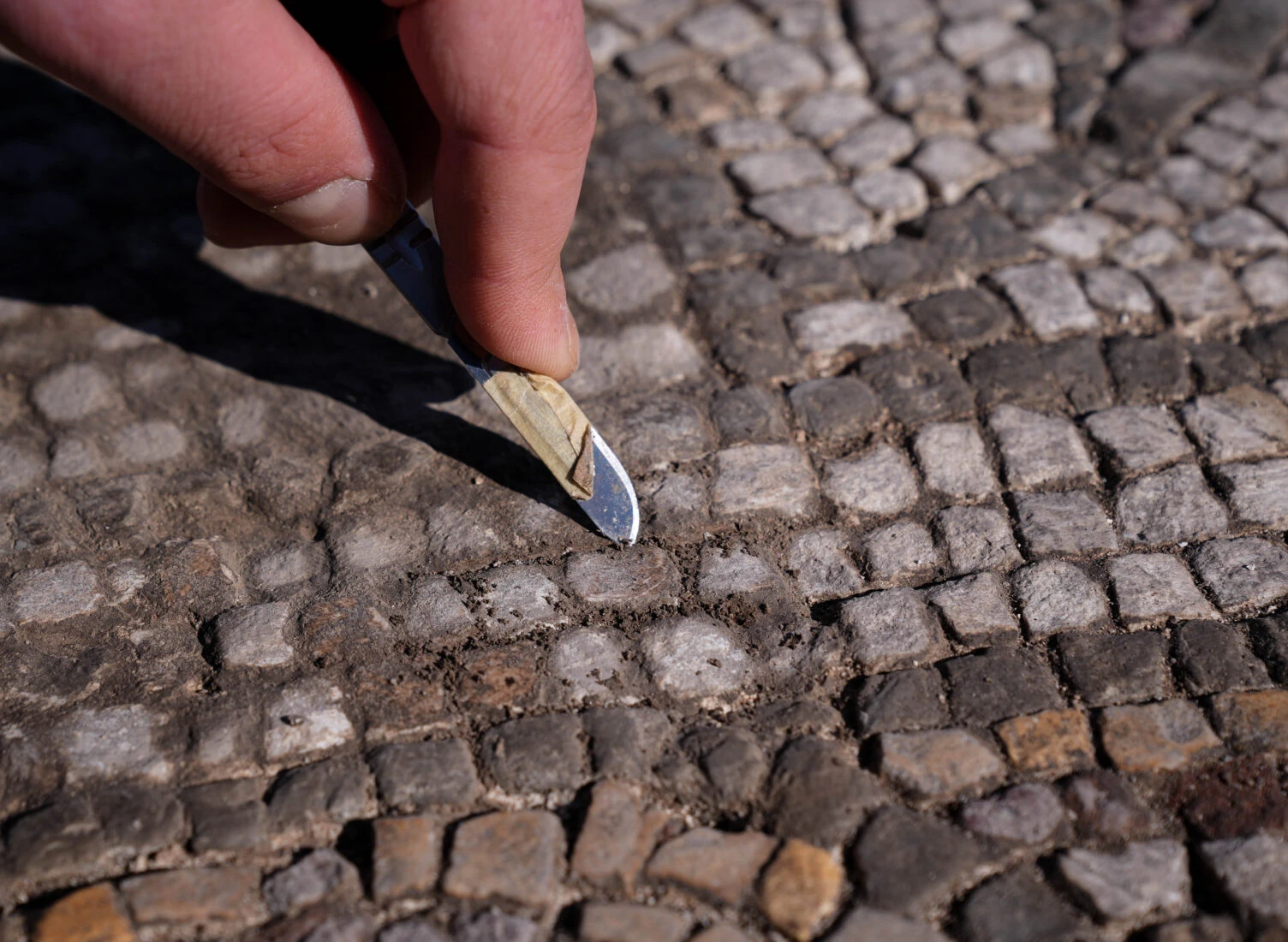
Royal tile, iconic inscriptions
Further excavation has revealed a royal seal on a roof tile, bearing the Greek word “Basilike,” a term used in Pergamon’s royal structures.
Professor Sezgin emphasized, “Ths is the first complete roof tile with such an inscription, which had been found in fragments before.”

Grave in pool: Child’s emotional memorial
Another striking discovery was made in the pool of the Mosaic House, where a grave marker had been repurposed as part of the pool’s structure.
The inscription on the stone reads, “The sweetest child in the world,” accompanied by a depiction of a child hunting rabbits with a dog. Professor Sezgin noted, “This emotional gravestone offers a poignant glimpse into the social life of the time, revealing personal stories beyond the usual historical narratives.”
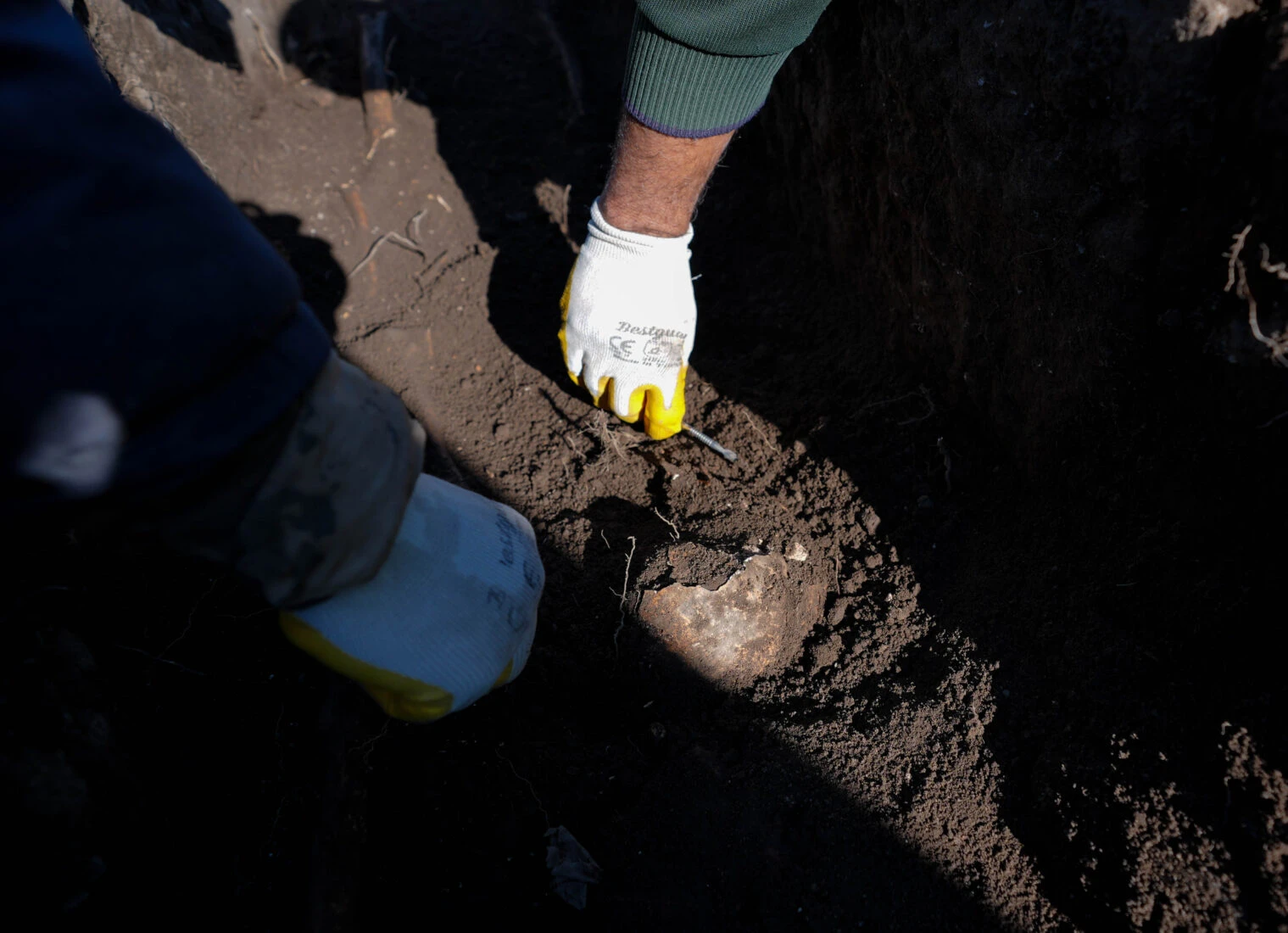
Byzantine burial, artifacts discovered
In addition to these findings, archaeologists have uncovered numerous everyday items, such as kitchenware, weapons, jewelry, and coins from the Roman and Byzantine periods. Professor Sezgin explained that these artifacts will be displayed at the Bergama Museum.
Furthermore, a Byzantine cemetery has been identified, providing insight into the lives of the last Bergama residents before the arrival of the Turks.
